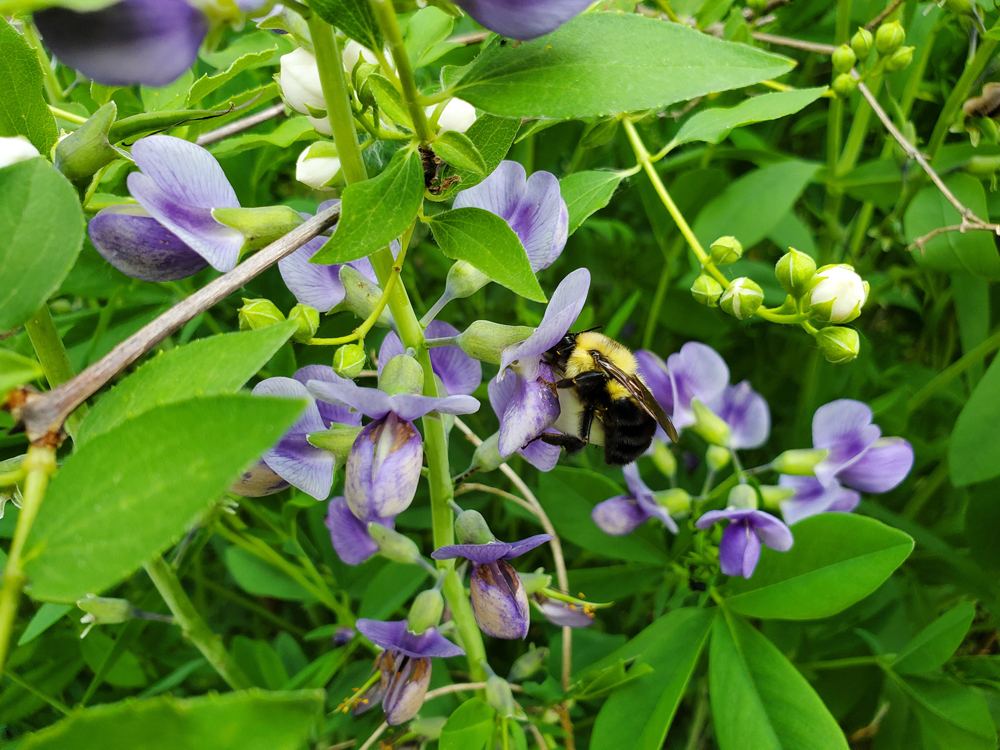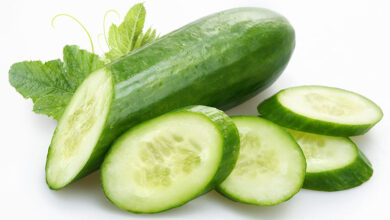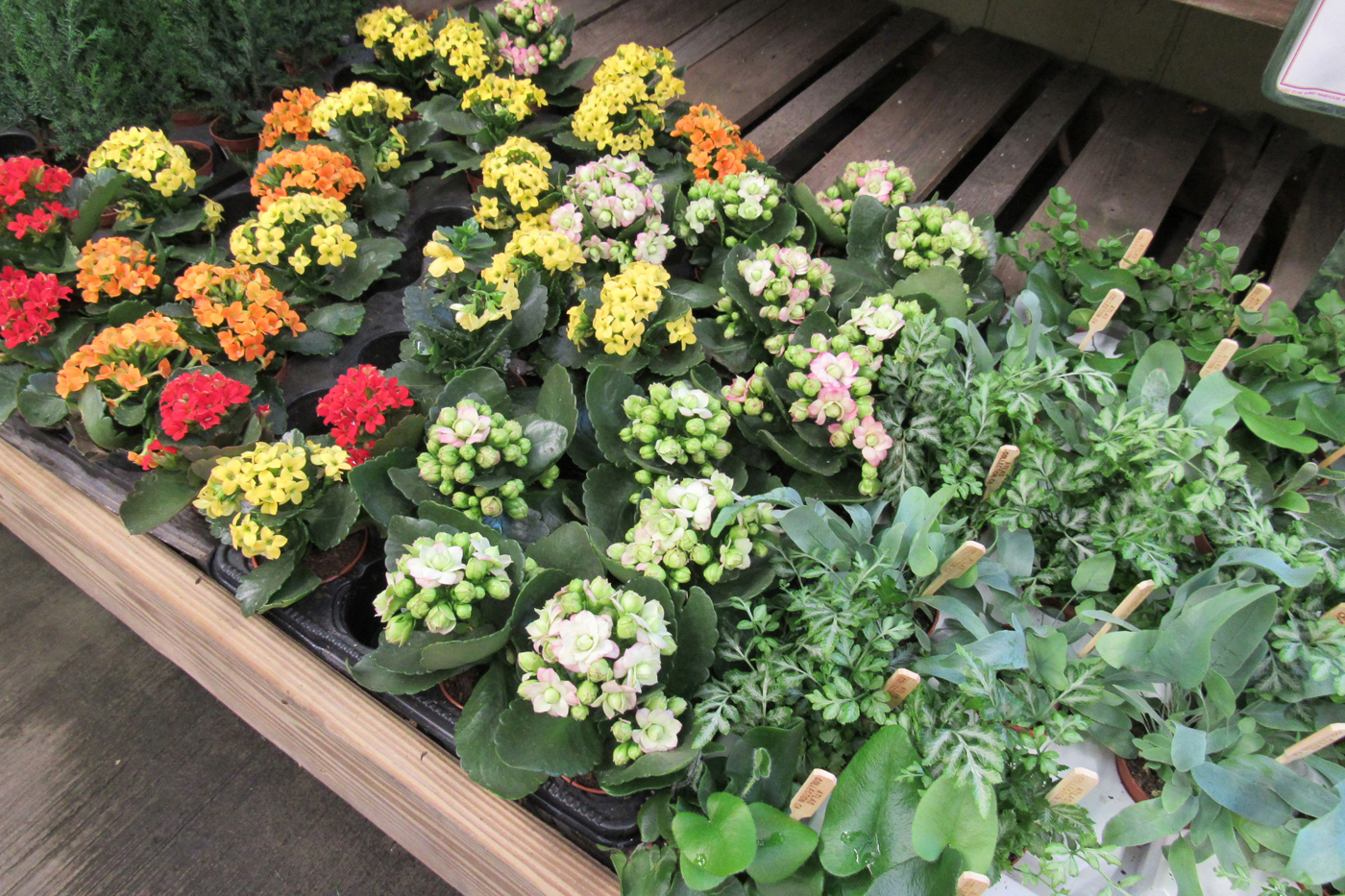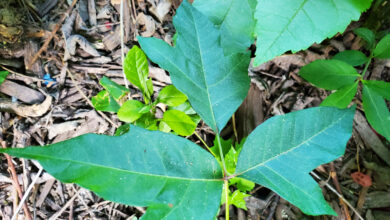Every week is Pollinator Week

Pollinator Week is wrapping up today, but really, every week is pollinator week and there is so much we as gardeners can do to help protect and support these insects, birds, and bats that fertilize plants and promote plant reproduction. Pollinators are vital in providing food for us – berries, apples, nuts, squash, tomatoes, and so much more. More than 100 crops grown in the U.S. depend upon or benefit from the work of pollinators, and their economic value is estimated at $3 billion per year.
Those stats are from the New York State Department of Environmental Conservation which says there’s so much you can do to protect pollinators – from pesticide choices, to planting a pollinator garden, to offering habitat and nesting sites.
New York State has four priority areas to conserve and grow our pollinator population – best management practices for all pollinator stakeholders; habitat enhancement efforts to protect and revive populations of all pollinators; research and monitoring efforts to better understand, prevent, and recover from pollinator losses; and development of an outreach and education program to raise awareness of the importance of pollinators and engage the public as active participants in reversing pollinator decline.
The DEC recommends that both professional pesticide applicators and homeowners consider all their options when choosing the best way to manage a pest. A pesticide may not even be needed, or a less toxic option may work well. When there is no other choice but to use a pesticide, always take special care when applying where pollinators visit and forage. Read the label directions for the pesticide you are using and follow the directions. If you hire a professional, make sure they are licensed and certified in New York State.
You can also help pollinators by reporting a pollinator “incident” to the DEC. A pollinator “incident” is a situation where a number of pollinators have died or appear to be dying or otherwise exhibit unusual behavior to the observer, the DEC says. The incident could include honey bees or other “managed” bees as well as wild pollinators including bees, butterflies, moths, certain flies, hummingbirds, and bats. If you observe what you believe to be a pollinator “incident” or are a bee keeper experiencing abnormal die-off of your bee colony, you can contact your local DEC office and provide details including the date and time, location, your contact telephone number, and any other pertinent information.
Additionally, the DEC recommends Best Management Practices (BMPs) to achieve a desired outcome in an efficient and cost-effective manner. These are voluntary actions that help to protect and manage native pollinators in a way to ensure healthy pollinator populations and thriving agriculture and plant materials industries. There are BMPs for beekeepers, landowners/growers, pesticide users, and state agencies. These refer mainly to protecting bees and other insect pollinators from pesticides. BMPs include removing blossoms from weeds before applying pesticides and refraining from applying pesticides when overnight dew is forecast, as the dew may re-wet pesticides and increase bee exposure.
Make it a priority to avoid planting invasive species in your garden and instead plant a diverse selection of native plants that bloom all through the growing season. This helps provide a continuous supply of nectar and pollen. Native plants also offer shelter and food sources for pollinators in all stages of their lifestyles – milkweed for Monarch butterflies is a good example. The caterpillars eat the leaves and the butterflies visit the flowers, which are dependent upon them for pollination. Consider leaving an area of uncut grass or wildflowers to provide habitat for pollinators. Lastly, enjoy the pollinators that visit your garden, they truly are your best gardening friends.





